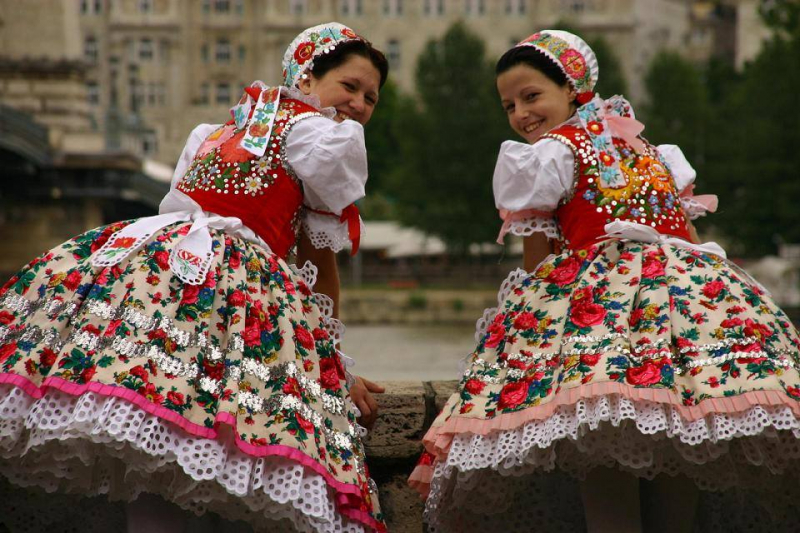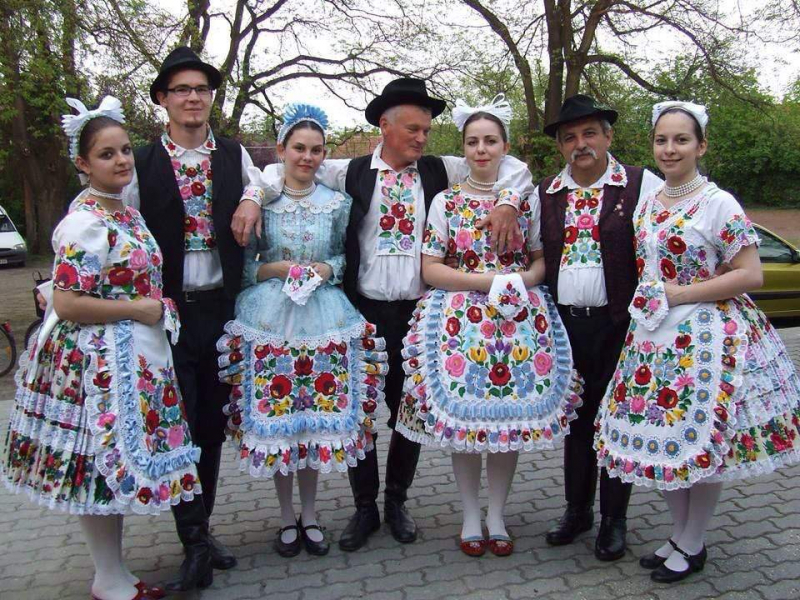Traditional clothing
Hungary's traditional costume is quite diversified; it differs from the other Eastern European national clothing. The Hungarian traditional costume incorporates several Renaissance and Baroque elements. The vibrant Hungarian traditional dress incorporates various European and Slavic elements that are frequently associated with French, Spanish, Ukrainian, and Russian cultures. However, before the early twentieth century, Hungary's folk costume was simpler and had fewer ornamentation. Colorful threads were added to the patterns and the amount of needlework was expanded only in the 1930s. Locals rarely wear Hungarian folk attire nowadays. Nonetheless, it is distinct and exceptional.
Traditional Hungarian men's attire comprises embroidered shirts, floppy hats, and pants tucked into leather boots. Hungary's national costume for ladies consists of a white shirt, a vivid flower printed skirt, a richly designed white apron, and a head covering item.
Ethnography employs the concept of everyday and celebratory costumes, as well as the entire system of dressing. This system differs across smaller and larger regions, each with its own set of local folk costumes that define the place. When it comes to Hungarian folk costume, there are four major locations to consider: Transdanubia, Uplands, Great Hungarian Plain, and Transylvania. Some of the lands with distinctive costumes can be found along the Galga, including Kalotaszeg, Kalocsa, Lóc, Matyó Land, Hosszhetény, Hollók, Kazár, Ormánság, Sárköz, Szekler Land, Torockó, and Püspökbogád.












